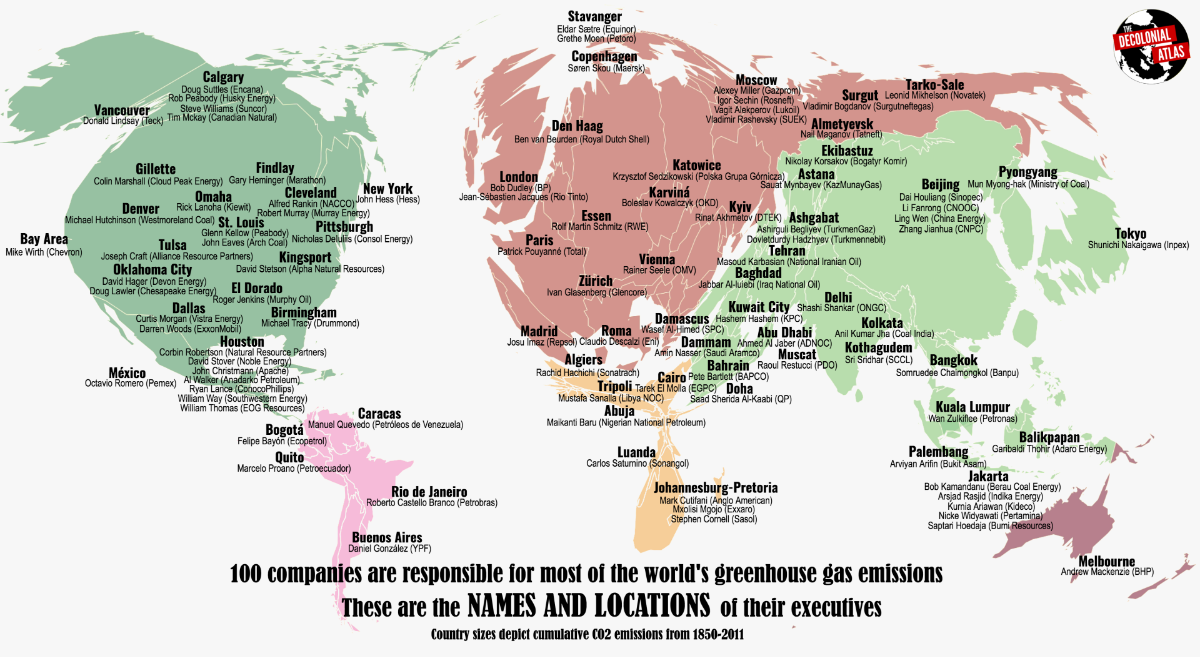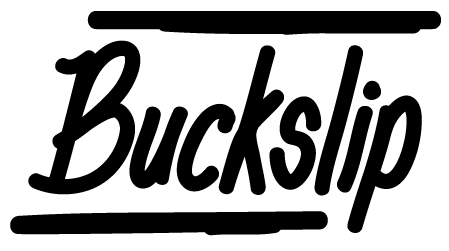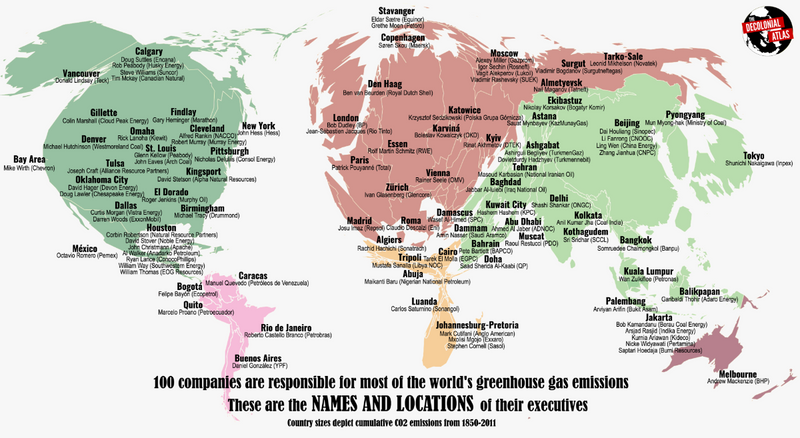Verbatim
Longtime readers will know we’re fans of Jessica Camilla Aguirre’s reporting (her Guernica piece from a year or so back on the politics of the coca leaf in Bolivia still lingers with us). Her latest, in this week’s NYT Mag, is maybe her best yet, as she creeps through crepuscular Australia with the scientists and hunters leading the country’s massive cull of feral cats. Trigger warning for so many cute things dying on both sides of this particular war, but this is a fantastic read about predatory orders and the consequences of messing with them.
Rising over the mantle of ghostlike smoke bushes that carpeted the ground to the treeless horizon, the plane traced a route over the landscape, its bombardier dropping 50 poisoned sausages every square kilometer. It banked over the deep cinnamon sandstone gorges carved by the Murchison River, which extends to the coastal delta, surveying the edge of one of earth’s driest, hottest continents, where two to six million feral cats roam. As it flew, it charted the kind of path it had done dozens of times before, carpeting thousands of hectares of land with soft fingers of meat, laying down nearly half a million baits in the course of one month. Dr. Death, whose real name is Dr. Dave Algar and who is the principal research scientist in the Department of Biodiversity Conservation and Attractions for the state of Western Australia, told me that he began developing the recipe for the poisoned sausages by examining cat food in supermarkets and observing which flavors most thrilled his own two cats. As Morse said: “They’ve got to taste good. They are the cat’s last meal.”

Things
At LitHub, Mireille Juchau argues that the Voyager’s Golden Record, humanity’s most committed attempt to describe what we are as a species to those beyond the stars, was “a record not of what we had but of what we thought we had: abundance, human ingenuity, unspoiled nature.” Reconsidering Carl Sagan and friends’ conscious denial of environmental calamity already afoot, she ponders what a new Golden Record would consist of that might reflect our present moment, and its “simultaneous unfolding of beauty and ruin”.
Whatever the environmental calamity, at least the Pinkertons are coming out ahead, as they always have and they always will.
Meanwhile, Pepsi are pondering launching artificial billboard constellations into the night sky. Apparently when some marketers dream of rearranging the heavens, it’s mostly to… umm… “promote a ‘campaign against stereotypes and unjustified prejudices against gamers’.” Good enough.
We linked a few months back to Ferris Jabr’s brilliant NYT Mag report on the hard-to-explain role of beauty in evolutionary science. He’s almost as good in the latest Atlantic, switching his very particular mode of inquiry to a rather different subject: our plaque-ridden chompers. In showing the struggle for evidence-based dentistry to take hold in a profession isolated in both practice and science from the rest of medicine, he depicts that very strange bifurcation we’ve all noticed every time we’ve not been able to afford a dentist visit, in how we look after and understand our mouths vs how we do the rest of our body.

Quartz lay out the numbers showing China’s staggeringly massive Belt and Road Initiative may be many things, but what it looks like most is a debt trap for vulnerable countries, and one which the “Belt and Road News Network” of media outlets in those countries may, by design, struggle to report on fairly.
If you’ve ever been stuck in either a terrible design process, a terrible experience with management consultants, or a terrible experience renting a car, we guarantee that you’ll find something deeply satisfying in the story of the train-wreck of Hertz’s disastrous attempt to have Accenture redesign their website.
Taylor Lorenz has been great on the Instagram beat lately. Her coverage of the cracking facade of the Instagram aesthetic might be a good pointer of what our cafes won’t look like five years from now, but it’s also evidence of a deeper shift, which you can see further signs of in her reporting on IG Meme Union Local 69-420 (nice). The meme union aims to “seize the memes of production” by organizing those whose work keeps our eyeballs on a platform that might otherwise have devolved into a brand-to-brand echo chamber. Lorenz writes that the movement might succeed where similar efforts from YouTubers and Viners failed because of our more-mature understanding of platform economics. But—at least in our meme feeds—there’s also a real sense of political awareness that goes beyond YouTubers’ grievances of being “demonetized” or Viners’ demands for payment. These memers are not necessarily demanding payment from IG itself; they’re fighting to have their voices heard. Of course there’s IG’s algorithmic feed to contend with, but these memers are also subject to regular deletion of their posts and suspension of their account privilieges based on inscrutable and inconsistent criteria. It’s a bad look for Instagram to be cracking down on already marginalized artists, especially when it claims to be so helpless in doing anything about hate speech and harassment.
What can we do? Follow, like, swipe up, and support @blackpowerbottomtext, @saqmemes, @lilperc666, @nickthelovett, @djinn_kazama, @korn_but_gay, @decolonial.meme.queens, @acetaminophentai, @acrylic_cinnamon, @young__nobody, @renaissance__man, @virginalvigilante, @trashpupdotcom, @yung_nihilist, @males_are_cancelled, @gayvapeshark, and their friends.
YouTubers protest, Viners strike, IG memers unionize, and now (would be) Netflix and VICE creators plan to seize the means of production with Means TV, an “anticapitalist” “pro-worker” streaming service. Nevermind the politics, we’re just happy it isn’t built on the blockchain.

There’s only one report of this so far, but it seems to be a reliable one—the great designer Quentin Fiore died this week at 97. Despite being particularly active for only a decade or so, Fiore was one of the most influential designers of the back half of last century. This wasn’t necessarily for aesthetic, but for how, in collaboration with Marshall McLuhan in The Medium is the Massage and other works, he showed that a radical design voice was as critical to poking and prodding at the mess we’re in as a radical text was–even better if both were entangled and genuinely collaborating. The best appreciation of his work, The Electric Information Age Book from Inventory Press, doesn’t seem to be available right now, but you can grab its supplement of interviews with the man himself as a free PDF.
Another radical collaboration of the last half century that’s worth celebrating this week is the great Art Ensemble of Chicago. They (well, the surviving two members) celebrate their 50th anniversary with We Are On The Edge, a monstrously good recording in which they strike up the orchestra along with a bunch of musicians, poets and such who’ve come along in their wake. This Bandcamp interview in honour of that release is as good a way into their career as any.
Missed you! Back to Sundays from now on, we promise. We’re all refreshed and ready to face this sweet darkness again.
Hello to what seems like quite a few people who’ve signed up since we’ve been gone, hopefully you remember why you did. And of course if you want to rope in more of your organized-meming, climate-calamity loving friends, we’d love to have ’em at buckslip dot email.





